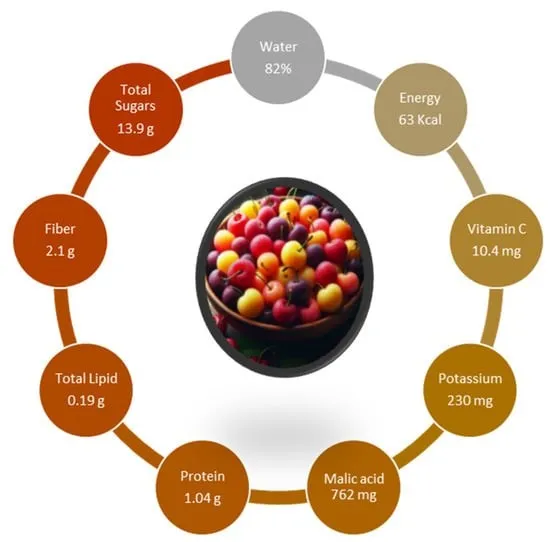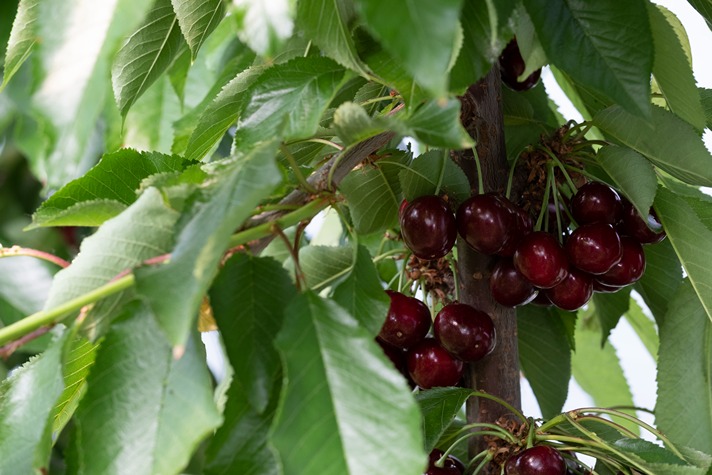After a seven-year wait, British Columbia growers can finally celebrate: the 2025 season promises an abundant and high-quality harvest, destined to satisfy markets in North America and beyond.
There hasn’t been a full crop since 2018, but this year’s forecasts indicate a season that could break all previous records.
"Over the past seven years, many new acres have come into production, and for the first time we’ll see this potential fully expressed in an excellent crop," says Richard Isaacs of Global Fruit, a Canadian company that works with over 30 growers and manages the sales and marketing of around 2,000 acres (approximately 809 hectares) of cherry orchards.
A strategic opportunity for retailers
With California’s season impacted by a short crop, cherry sales are down compared to last year. "This allows us to bridge the gap and help retailers recover in terms of dollar sales," Isaacs adds.
British Columbia’s harvest schedule, one of the latest in the Northern Hemisphere, will extend into late August and possibly early September.
Supplies for the North American market will continue through mid-September, while overseas shipments could last until the end of the month, offering a valuable extended marketing window.
A perfect balance between flowers and leaves
Favorable weather conditions played a decisive role: the winter did not damage the buds, and spring offered an ideal environment for pollination.
"We feared an excessive fruit set, given the unprecedented number of flowers on each tree," Isaacs says.
However, nature managed to regulate itself, and today the Global Fruit orchards show a perfect balance between fruit and foliage.
"This makes us optimistic about the overall quality of the crop. This is truly the season we’ve been waiting for, and we’re excited to show the world why British Columbia is a unique place for cherry cultivation."
A look at the Southern Hemisphere
Once the North American season ends, the transition to the Southern Hemisphere will be immediate. By mid-October, the first cherries from Chile will be available by air.
For the past four years, Global Fruit has imported cherries from Chile and Argentina for the Asian, European, and North American markets.
"Our quality-driven business model has paid off. That’s why we’ll increase early-season Chilean cherry volumes and late-season Argentinian ones," says Isaacs.
The two supply lines complement each other: starting with air shipments and continuing by sea. The town of Los Antiguos in Argentina closes the season with arrivals lasting until March.
Cherry plum: the new bet
Alongside cherries, Global Fruit is also betting on cherry plums from Chile. "We work with growers who have exclusive growing rights for the best varieties," Isaacs reveals.
This will be the first time these stone fruits will be available in North American supermarkets, and production is expected to grow rapidly as new orchards come into bearing.
"Demand far exceeds supply, and these varieties are a natural complement for our customers, who are used to the top quality we guarantee with our cherries from both hemispheres."
Source: freshplaza.com
Image source: Global Fruit
Cherry Times – All rights reserved












